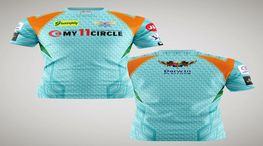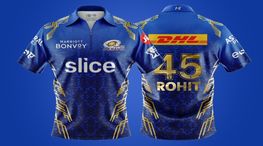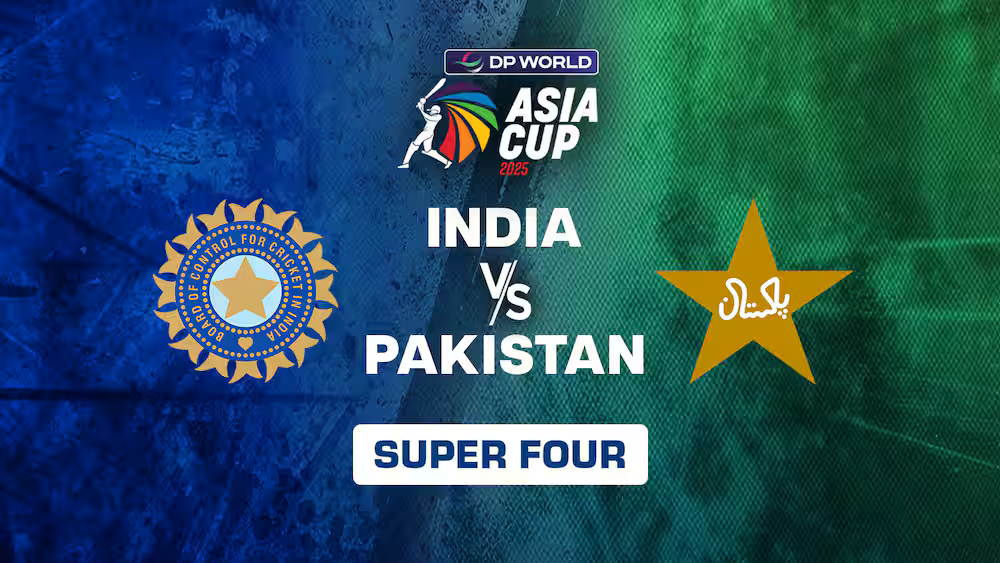List of Leagues
Swimming
Swimming is a team or individual race that demands the use of one's full body to move through the water. The sport is played in pools or in open water (e.g., in the sea or lake). Swimming is one of the most popular Olympic sports, with distance events ranging from butterfly to backstroke to breaststroke to freestyle and individual medley. Aside from these solo events, four swimmers can compete in a freestyle or medley relay. A medley relay is made up of four swimmers who each swim a different stroke, in the following order: backstroke, breaststroke, butterfly, and freestyle. Swimming each stroke involves a unique set of methods; in competition, there are precise rules governing the permissible form for each individual stroke. There are other rules regarding the sorts of swimwear, headgear, jewelry, and injury tape that can be worn at events. Although competitive swimmers may sustain ailments from the sport, such as tendinitis in the shoulders or knees, there are several health advantages linked with the activity.
Competitive swimming:
Swimming competitions were prominent in the nineteenth century. High-level competition swimming's purpose is to break personal or world records while defeating competitors in any particular event. Swimming in the competition should provide the least amount of resistance in order to achieve maximum speed. However, some professional swimmers who do not have a national or global ranking are regarded as having the highest technical capabilities. Typically, an athlete will go through a training cycle in which the body is overburdened with work at the beginning and middle of the cycle, and then the effort is reduced in the last stage as the swimmer approaches competition.
Open water:
There are additional 5 km, 10 km, and 25 km events for men and women in the open water swimming, where the races swim in a body of open water (lake or sea). However, only the 10 km event, for both men and women, is on the Olympic calendar. With the exception of the World Championships and the Olympics, open-water contests are usually held apart from other swimming competitions.
Swim styles:
Four primary styles of competitive swimming have emerged. These have been pretty steady with minimal improvements over the previous 30-40 years. They are as follows:
- Backstroke
- Breaststroke
- Butterfly
- Freestyle
Except for the individual medley, or IM, which comprises all four types, only one of these styles may be utilized in competition. Swimmers in this event swim equal lengths of butterfly, backstroke, breaststroke, and freestyle. This event swims two distances in an Olympic competition: 200 and 400 meters. Some short course events also feature the 100-yard or 100-meter individual medley (IM) – especially for younger or newer swimmers (usually under 14 years old) interested in club or masters swimming.
Dolphin kick
The advent of the underwater dolphin kick has been the most significant shift in swimming since the 1990s. In all genres, this is employed to enhance the speed at the start and after the corners. David Berkoff was the first to use it successfully. During the preliminaries of the 1988 Olympics, he swam the majority of the 100 m backstroke race underwater and smashed the world record in the distance. Denis Pankratov used the method at the 1996 Olympics in Atlanta when he won the gold medal by swimming over half of the 100 m butterfly underwater. In the last decade, American competition swimmers have used the underwater dolphin kick to gain an edge, most notably Olympic and World medalists Michael Phelps and Ryan Lochte; however, owing to FINA regulation revisions, swimmers are no longer permitted to travel deeper than fifteen meters underwater. Furthermore, FINA announced in 2014 that a single dolphin kick before the first breaststroke kick might be added to the breaststroke withdrawal.
















































